
Maximum yield and healthier animals with strip grazing
Getting the maximum number of kilos of dry matter in the field into the animal. A lower cost price, healthier animals and higher growth and production. Who doesn't want that? Good news: strip grazing makes this possible for every farmer. And with Gallagher's innovations, it's easy too.
Strip grazing?
Strip grazing is a grazing method used mainly for cattle, sheep and horses. With strip grazing, the cattle graze in a narrow strip between two mobile wires and are thus offered the pasture in a very dosed manner. This strip is moved one to several times a day. So the animals are always grazing fresh grass.
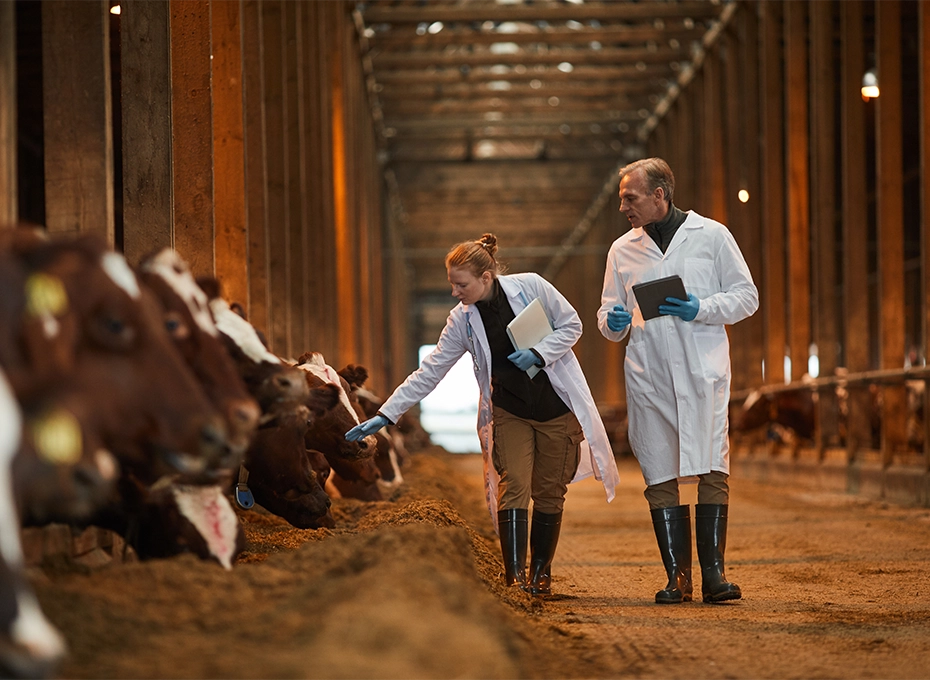
Healthier animals
Because animals get a new strip every day, diseases are less likely to spread. It can also have an anthelmintic effect.
Strip grazing can thus lead to lower medicine use. Finally, grazing contributes to the health of claws, hooves and udders.
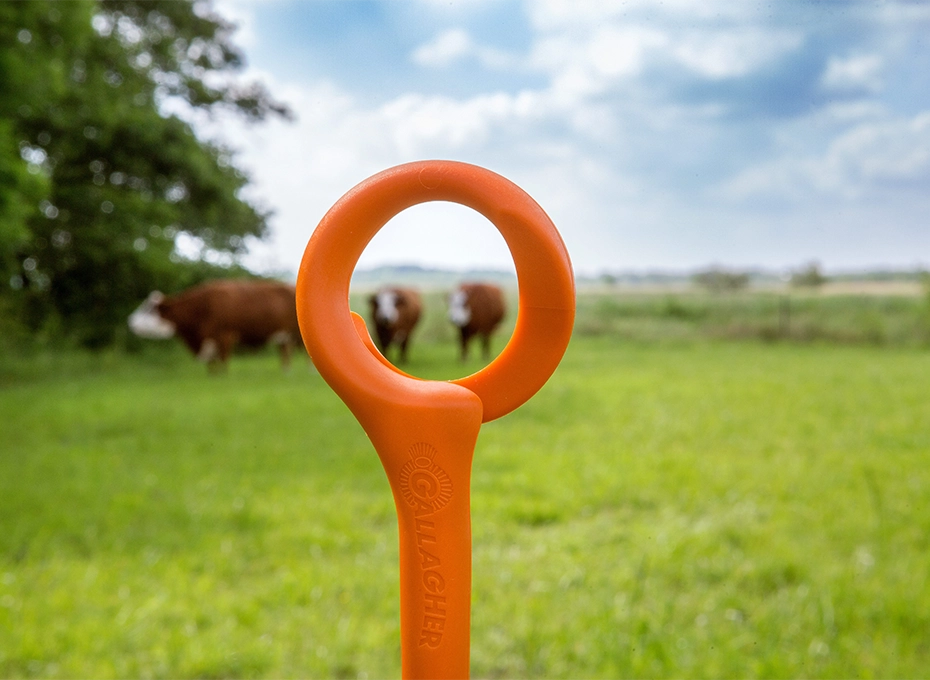
Healthier pasture and more grass
Because the grass offered is only grazed for a very short period, it will grow back proportionally faster from its root reserve. In addition, strip grazing involves less movement on the pasture, so less grass is trampled and the soil is less compacted.
Another advantage is that grazing will be more even. When animals have a large pasture at their disposal, they will graze selectively. With strip grazing they do not have this 'luxury' and the less desirable grasses will also be grazed. Also, the space around the fresh droppings will be grazed more. So you won't get pastures where you see all kinds of areas with tall grass blades because they are grazed in a wide arc around droppings.
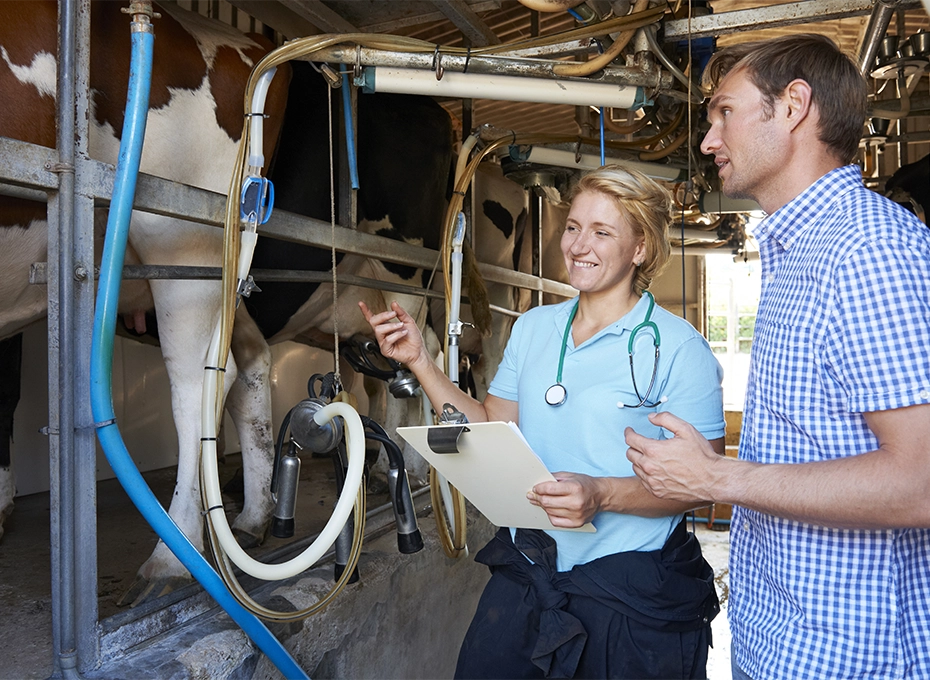
More consistent grass intake
Because cattle get a new strip of fresh each time, grass intake is more constant. Not only in quantity, but also in composition. The top of grass consists of protein-rich leaves, with a stem underneath that is actually rich in sugar. So when animals graze on the same pasture for longer periods, they get less protein and more sugar.
The fresh grass also stimulates the intake itself and animals need to make less effort to ingest the grass. The improved grass intake leads to higher production or better growth and therefore yields higher returns.
Strip grazing with tumble wheels
The easiest way to strip grazing is to use tumble wheels. With a tumble wheel, one person can move a fence within minutes by rolling it across the pasture, so to speak. Current is also applied to the tumble wheel itself, except on the two 'protrusions' that are currently touching the ground.
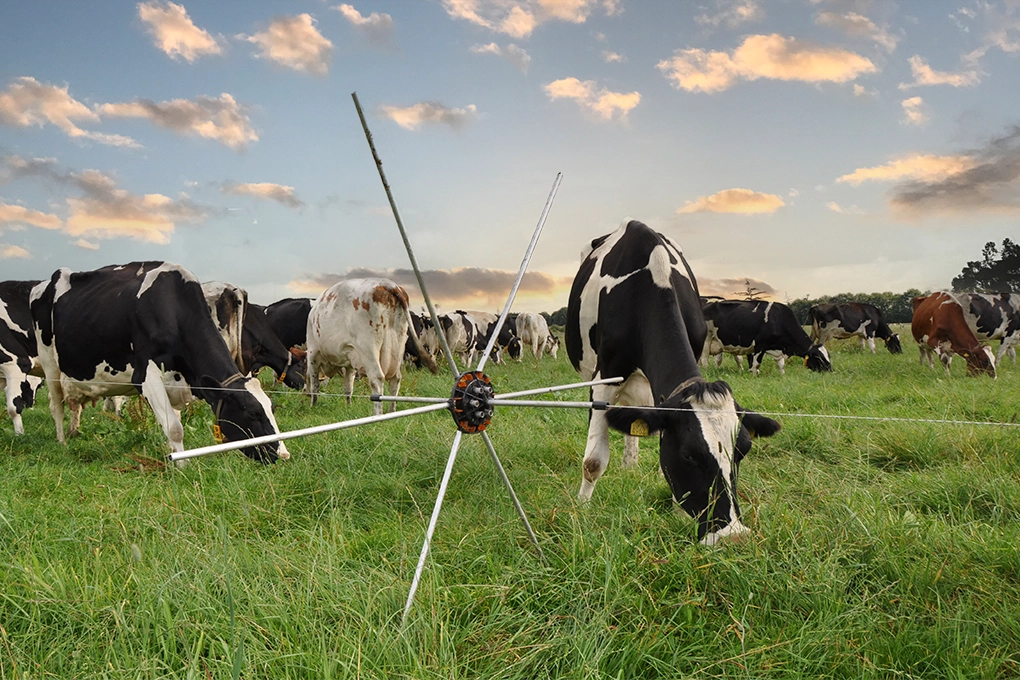
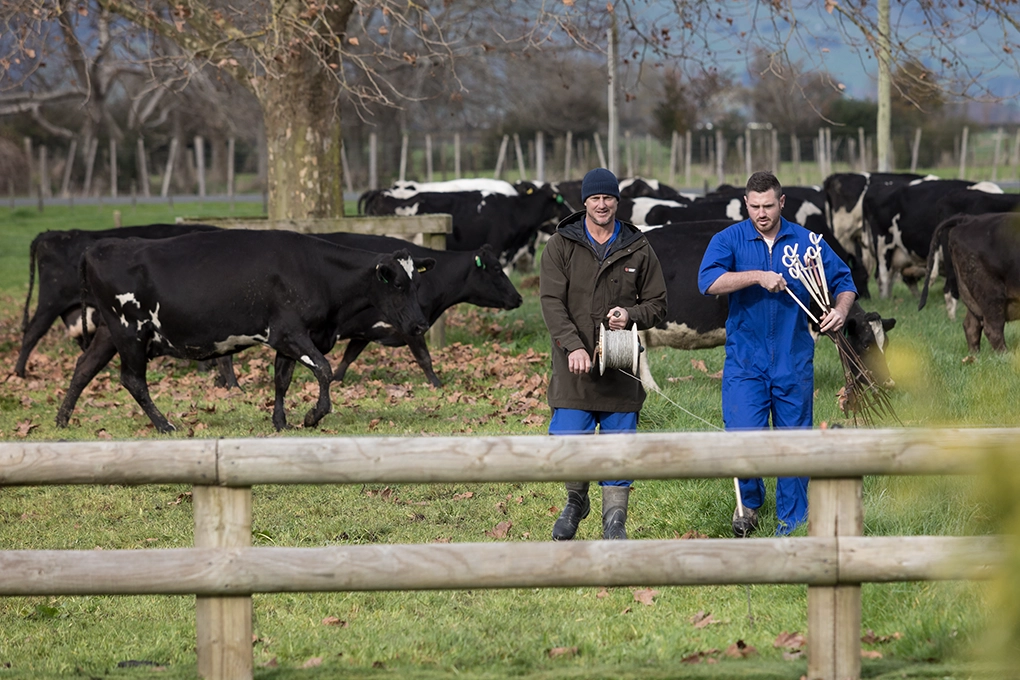
Strip grazing with reels and mobile posts
For strip grazing, tumble wheels are fortunately not a must. For sheep and horses, it is not even suitable. An easy way to strip grazing without tumble wheels, for example, is to use mobile fence posts and a geared reel. By placing this geared reel on a quad, you will have a mobile fence in place in no time.
Why should I apply a rear wire or not?
In practice, strip grazing is also applied without the use of a rear wire. This saves some time and gives animals more freedom of movement. The disadvantage of not using a rear wire is that more grass is trampled and regrowth is poorer. So for optimal results, always use both a front and rear wire.
Do I need another energiser to start strip grazing?
In most cases, this is not necessary, provided the current device is not already at the limits of its capacity. By strip grazing, you create more length in your overall fence and more pressure on the grid. Want to make sure your power supply is adequate? Then choose a Gallagher energiser from the iSeries. This is because these devices automatically adjust the power when the pressure on the grid changes. For strip grazing in more remote areas, it is best to use a mobile solar-powered energiser.
How do I grant my animals access to the strip of grass?
On a large plot, there are often only a few passages from the field path to the pasture. When your animals start grazing on a strip where there is no passage, you often cannot avoid creating a temporary path across part of the pasture. Many livestock farmers do this by placing a reel corner post with roll-angle insulators at the beginning of the rear wire about two metres from the field boundary. In this way, the rear wire can also be used to create a mobile field path. At the beginning of the mobile plot path, you then place a reel corner post with a reel with the rear wire on it.
How do I handle the water supply when strip grazing?
When you offer the animals a new strip of grass, a water trough must be present there too. You therefore cannot avoid moving this water trough very regularly. However, you can save yourself some time by placing this water trough at the edge of the front wire, for example, so that after moving the strip it will be at the edge of the back wire. You could also move the strip around the central point of the water trough. The downside to this, however, is that the grass around the water trough will be trampled and grazed more than the rest of the strip.
How many tumble wheels do I need to start strip grazing?
Gallagher recommends a distance of 20 metres between the tumble wheels. If you want to graze a strip of 200 metres, you will then need 18 tumble wheels (Front and back wire: 2x 20/40/.../180).
Besides tumble wheels, what else do you need to start strip grazing?
You need a reel for each wire with a polywire on it. Gallagher recommends going for a geared reel with Vidoflex 9 wire on it. This wire is most suitable for intensive use on a reel. Depending on the situation or the type of fence itself, you will also need a mobile corner post at the beginning and end of the wire.
